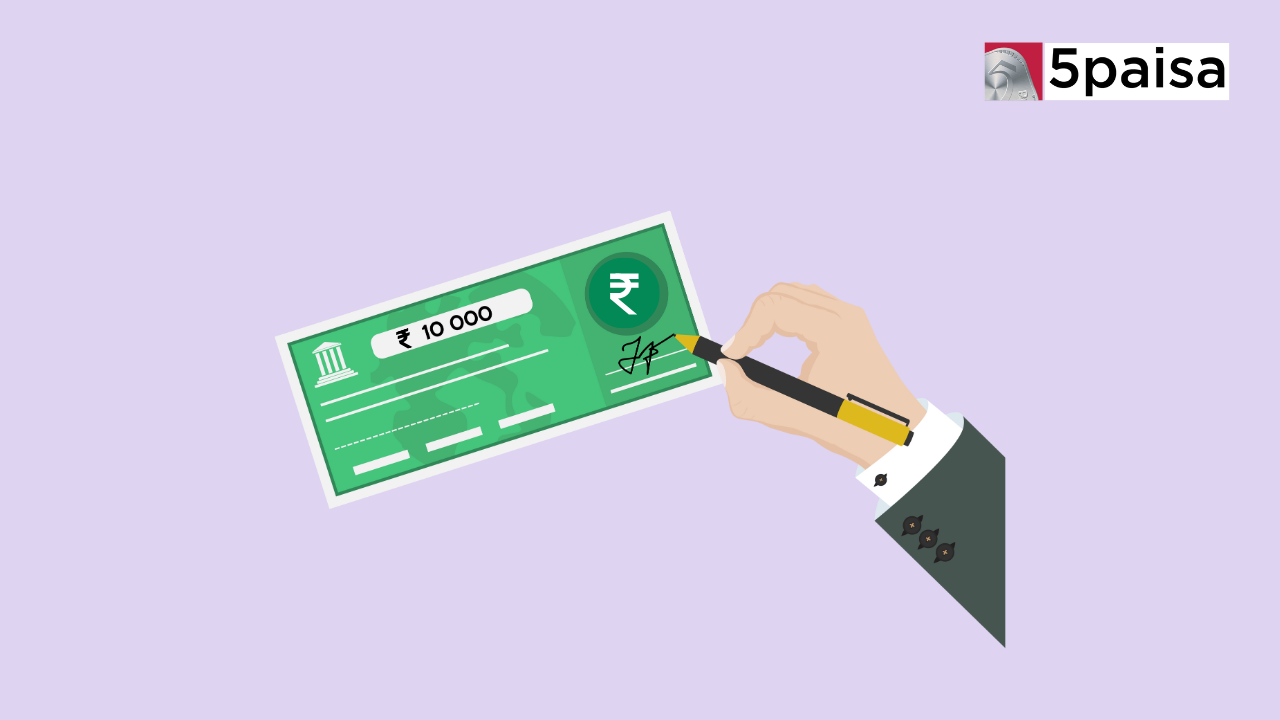What Is Cross Cheque?

When it comes to financial transactions, security and reliability are of utmost importance. Cheques have been a popular method for transferring funds from one account to another in banking and payments. However, to ensure added security and prevent misuse, the concept of a "cross cheque" was introduced.
What is a Cross Cheque?
As the name suggests, a cross cheque is a cheque with two parallel lines drawn across its face. These lines can be drawn across the cheque or in the top left-hand corner. The primary purpose of crossing a cheque is to ensure that the funds can only be deposited into a bank account and cannot be immediately cashed over the counter. This added layer of security safeguards the payer by requiring the funds to be handled through a collecting banking institution.
In simple terms, a cross cheque is a type of cheque drawn on the payer's bank, but it carries an additional endorsement from another banking institution. This endorsement allows the withdrawal from one account to be credited directly to a different bank account. The cross-cheque system has become an essential aspect of the banking sector in India, enabling seamless fund transfers between multiple banks. It checks the balances of the sender's and receiver's accounts and facilitates the transfer of the necessary funds.
Features of a Cross Cheque
Cross cheques possess several distinct features that set them apart from regular cheques. Here are some key characteristics:
● Crossed lines: The most prominent feature of a cross cheque is the presence of two parallel lines drawn across its face or in the top left-hand corner.
● Non-negotiable: Cross cheques are typically marked with "account payee" or "not negotiable," indicating they cannot be freely transferred or negotiated.
● Bank account deposit: Cross-cheques can only be deposited into a bank account and cannot be cashed over the counter.
● Traceability: Since cross-cheques are processed through banking channels, tracking the individual to whom the funds are paid becomes easier.
Types of Cross Cheques
Several types of cross-cheques are commonly used in India. Understanding the differences between them is crucial for their proper utilisation.
● General Crossing: A general crossing involves drawing two parallel lines on the cheque, typically in the top left-hand corner. These lines indicate that the cheque must be paid through a bank and cannot be cashed over the counter.
● Account Payee Crossing: Also known as restrictive crossing, this cross cheque carries the phrase "account payee" along with parallel lines. Account payee cross cheques are non-negotiable, meaning they can only be deposited into the account of the named payee.
● Special Crossing: In a special crossing, the name of a specific banker is mentioned between the parallel lines. This indicates that only the specified banker can receive the funds from this cheque.
● Not Negotiable Crossing: As the name suggests, a "not negotiable" crossing implies that the cheque cannot be transferred or negotiated further. The cheque must have the words "not negotiable" written along with the parallel lines.
Reasons to Use a Cross Cheque
There are several compelling reasons why individuals and businesses opt to use cross cheques:
● Enhanced Security: Crossing a cheque provides specific instructions to the bank on handling the funds, reducing the risk of unauthorised access or theft.
● Traceability: Since cross-cheques can only be deposited into a bank account, the beneficiary's transaction record can be tracked for future inquiries or clarifications.
● Fraud Prevention: Cross-cheques help prevent fraud and misuse of funds by restricting the cheque's negotiability.
● Compliance: Cross-cheques may be mandated in certain business transactions or financial dealings to ensure compliance with regulations or contractual obligations.
Factors to Consider Before Using a Cross Cheque
While cross-cheques offer numerous advantages, there are certain factors to consider before utilising them:
● Tax Implications: It's important to understand that a cross cheque is regarded as a cash transaction for tax purposes. Any income or capital gains resulting from the transfer must be reported and taxed accordingly.
● Bank Compatibility: Before using cross-cheques, ensure that your banking institution is compatible with this system and offers the necessary services.
● Contingency Plans: Be prepared to address any issues that may arise, such as your bank not accepting or bouncing a cross cheque. Having backup plans in place can help mitigate potential problems.
Conclusion
Cross-cheques are valuable financial instruments that provide added security and traceability to monetary transactions. By understanding their meaning, features, types, and reasons for use, individuals and businesses can make informed decisions about incorporating cross-cheques into their financial operations. With the right knowledge and precautions, cross-cheques can be an effective tool for safeguarding financial transactions.
Frequently Asked Questions
What is the Difference Between a Crossed Cheque and a Bearer Cheque?
Can a Cross Cheque be Endorsed to Another Person?
Can a Post-Dated Cheque be Crossed?
- Flat ₹20 Brokerage
- Next-gen Trading
- Advance Charting
- Actionable Ideas
Trending on 5paisa
Disclaimer: Investment in securities market are subject to market risks, read all the related documents carefully before investing. For detailed disclaimer please Click here.

 5paisa Research Team
5paisa Research Team
 Sachin Gupta
Sachin Gupta